Higher classification Zinnia | Scientific name Zinnia elegans Rank Species | |
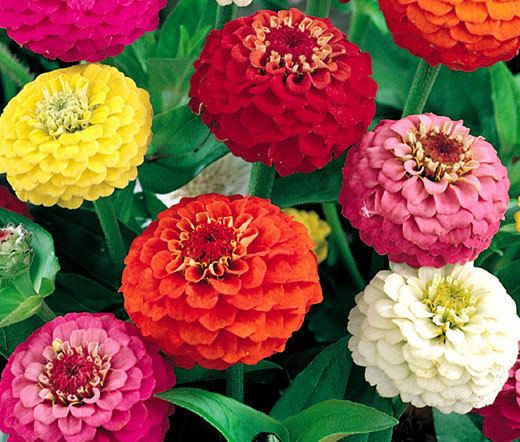 | ||
Similar Zinnia, Daisy family, Crepe‑myrtle, Cosmos bipinnatus, Mexican marigold | ||
Zinnia elegans, known as youth-and-age, common zinnia or elegant zinnia, an annual flowering plant of the genus Zinnia, is one of the best known zinnias. It is native to Mexico but grown as an ornamental in many places and naturalised in several places including scattered locations in South and Central America, the West Indies, the United States, Australia, and Italy.
Contents
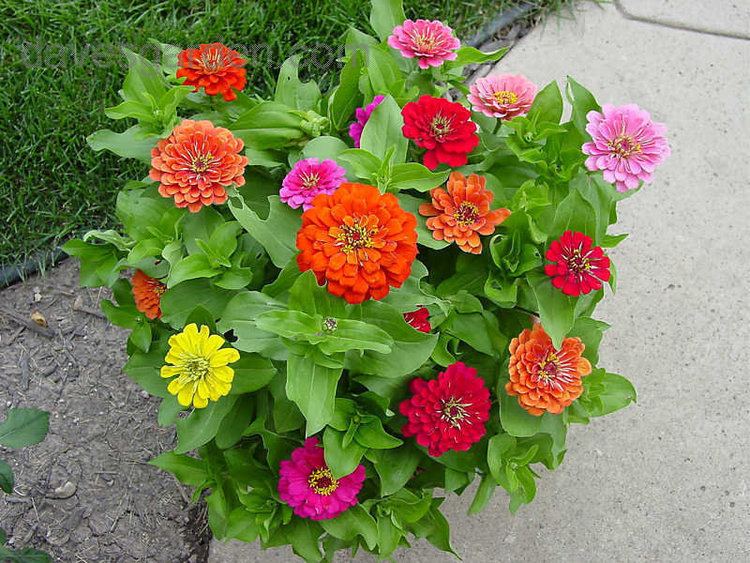
Description
The uncultivated plant grows to about 30 in (76 cm) in height. It has solitary flower heads about 2 inches (5 cm) across. The purple ray florets surround black and yellow discs. The lanceolate leaves are opposite the flower heads.
History
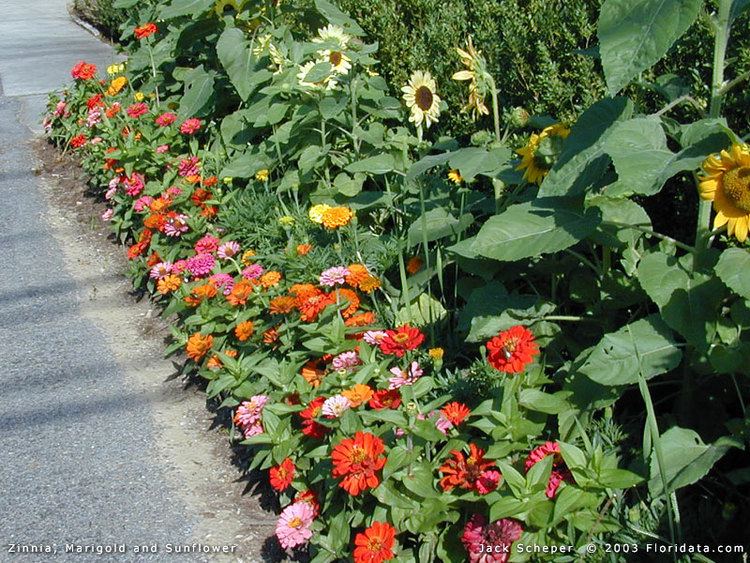
The species was first collected in 1789 at Tixtla, Guerrero, by Sessé and Mociño. It was formally described as Zinnia violacea by Cavanilles in 1791. Jacquin described it again in 1792 as Zinnia elegans, which was the name that Sessé and Moçiño had used in their manuscript of Plantae Novae Hispaniae, which was not published until 1890. The genus was named by Carl von Linné after the German botanist Johann Gottfried Zinn, who described the species now known as Zinnia peruviana in 1757 as Rudbeckia foliis oppositis hirsutis ovato-acutis, calyce imbricatus, radii petalis pistillatis. Linné realised that it was not a Rudbeckia.
Habits
Flowering occurs between spring to fall.
Cultivation
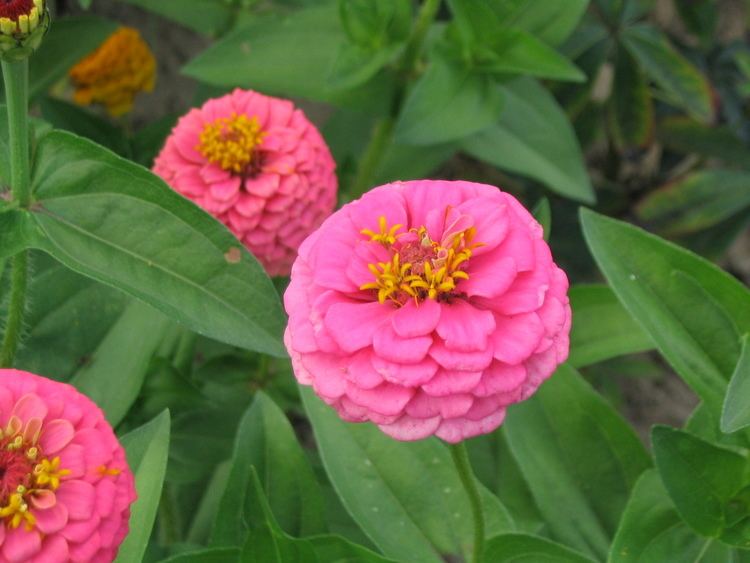
The garden zinnia was bred via hybridisation from the wild form. Zinnias are popular garden plants with hundreds of cultivars in many flower colours, sizes and forms. There are giant forms with flower heads up to 6 in (15 cm) in diameter.
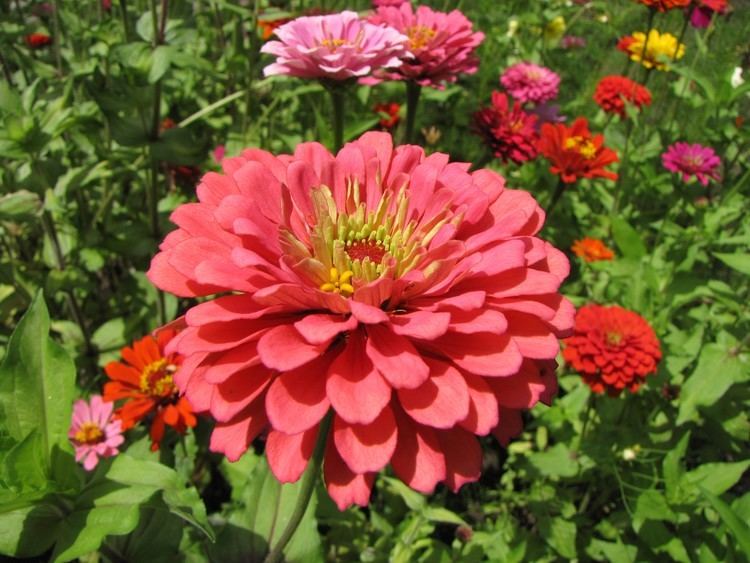
Flower colours range from white and cream to pinks, reds, and purples, to green, yellow, apricot, orange, salmon, and bronze. Some are striped, speckled or bicoloured. There are "pom-pom" forms that resemble dahlias. Sizes range from dwarf varieties of less than 6 inches (15 cm) in height to 3 feet (90 cm) tall. The powdery mildew common to zinnias in humid climates is less common recently developed varieties, which are resistant.
Other cultivars include 'Magellan', 'Envy Double', 'Fireworks', 'Purple Prince', 'Blue Point Purple', 'Profusion Cherry', 'Profusion Orange', 'Star Gold', 'Star Orange', and several white-flowered types such as 'Crystal White', 'Purity', and 'Profusion White'. Mixed-colour seed selections are available.
Growth
Zinnias grow easily and prefer well-drained, loamy soil and full sun. They grow best in dry, warm, frost-free regions, and many kinds are drought-tolerant. Some may be grown indoors.
